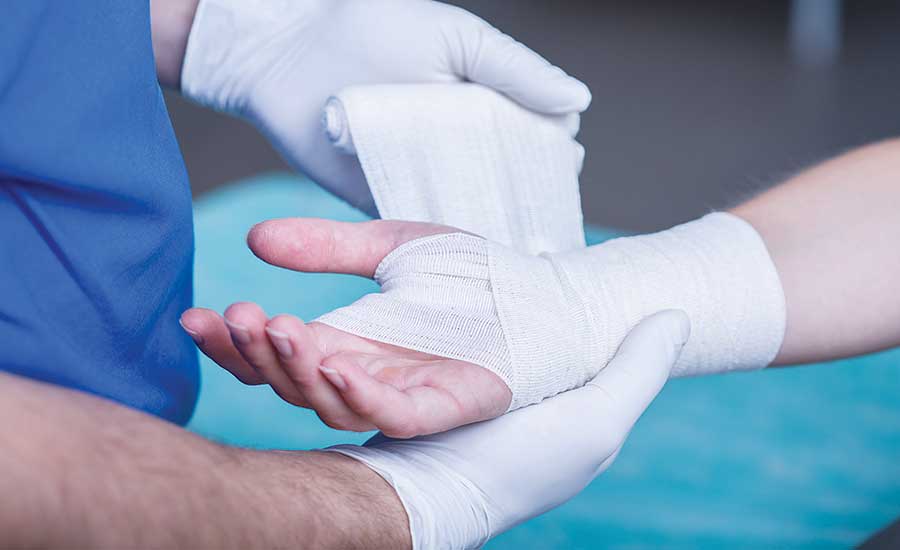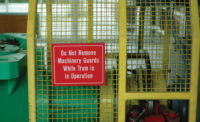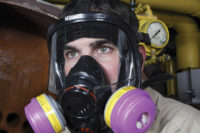Hands are one of the most complex parts of your body. Tendon, bones, tissues and nerves work together to allow various movements. The hand consists of 27 bones (including eight bones in the wrist). When the other associated parts (nerves, arteries, veins, muscles, tendons, ligaments, joint cartilage, and fingernails) are considered, there is potential for a variety of injuries. Hand injuries that cause damage to one or all of those inter-meshing parts can make it difficult to do even the most simple tasks. Hand injuries are often caused by misuse of tools, improper glove use, carelessness, lack of awareness or distraction.
Hand safety study
A workplace hand safety study conducted in late 2015 in partnership with the American Society of Safety Engineers covered hand safety topics ranging from how often injuries occur in the workplace to what’s causing those injuries. More than a quarter of the 400 safety professionals who participated in the study, 27 percent, reported having more than 30 work-related injuries occur in their company in the past 12 months. Twenty-eight percent reported having between 10 and 30 injuries in that same time period.
Most common injuries
According to the U.S. Bureau of Labor Statistics, more than 1.1 million hand injuries in 2014 resulted in visits to the ER and lost time from work. In the workplace, 20 percent of injuries involve the hands and fingers, ranging from minor cuts and irritations to more permanent injuries, like fractures and amputations.
The five most common hand injuries in the workplace are lacerations, crushes, avulsions or detachments, punctures and fractures. Additional hand hazards employees may encounter include electrical burns, exposure to chemicals, frostbite, penetration, contusions, sprains and strains.
OSHA recommends that employers should protect their workers against hand injuries that can include burns, bruises, abrasions, cuts, punctures, fractures, amputations and chemical exposures.
When an injury to the hand occurs, an initial evaluation and treatment should be done as soon as possible so the short- and long-term effects on the hand can be minimized.
Overuse injuries
In addition to more well-known injuries, overuse also can result in serious debilitation. Overuse injuries occur when too much stress is placed on a joint or other tissue, often by “overdoing” an activity or repeating the same activity.
Overuse injuries include the following:
- Carpal tunnel syndrome is caused by pressure on a nerve (median nerve) in the wrist. Symptoms include tingling, numbness, weakness, or pain of the fingers and hand.
- Tendon pain is actually a symptom of tendinosis, a series of very small tears (microtears) in the tissue in or around the tendon. In addition to pain and tenderness, common symptoms of tendon injury include decreased strength and movement in the affected area.
- De Quervain's disease can occur in the hand and wrist when tendons and the tendon covering (sheath) on the thumb side of the wrist swell and become inflamed.
Treatment
Treatment for a finger, hand, or wrist injury may include first aid measures; medicine; taping for support; application of a brace, splint, or cast; physical therapy; and in some cases, surgery. Treatment depends on:
- The location, type, and severity of the injury.
- How long ago the injury occurred.
- Your age, health condition, and activities (such as work, sports, or hobbies).
References:
www.bls.gov/news.release/pdf/osh2.pdf
www.webmd.com/a-to-z-guides/tc/finger-hand-and-wrist-injuries-topic-overview
www.ishn.com/articles/104831-workplace-hand-injury-research-study-findings-and-analysis




